Home>Gardening & Outdoor>Landscaping Ideas>How To Get Rid Of Mushrooms In Your Yard Without Killing The Grass
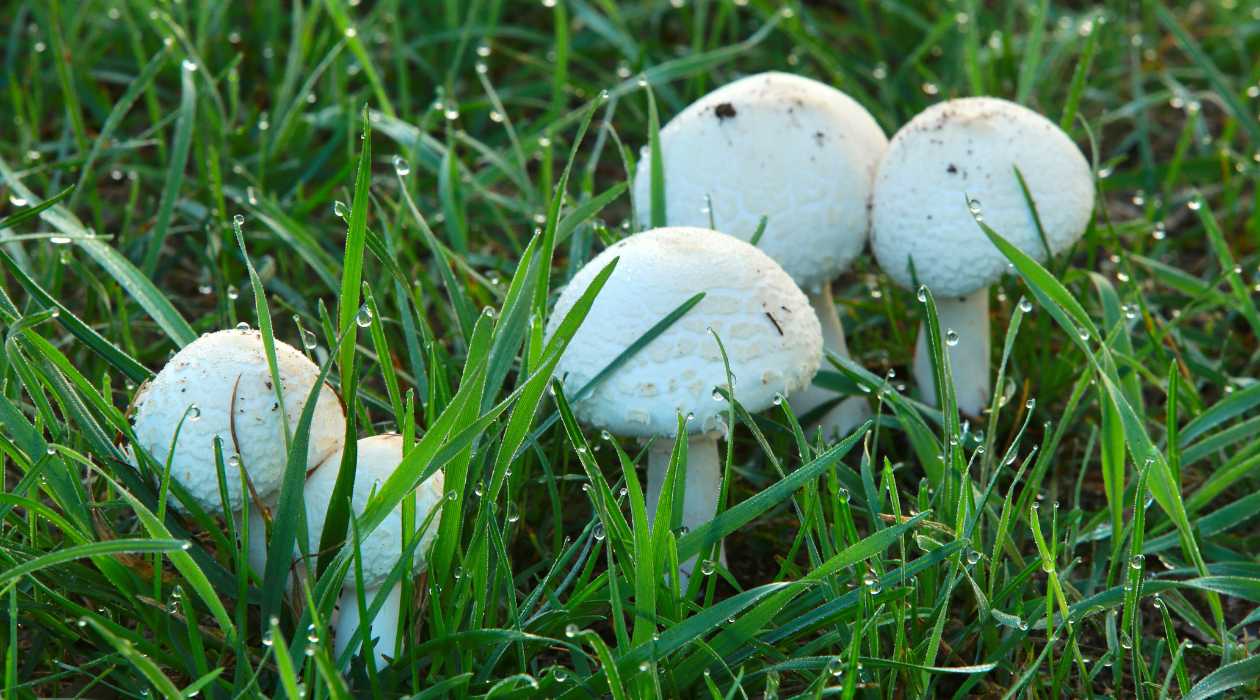

Landscaping Ideas
How To Get Rid Of Mushrooms In Your Yard Without Killing The Grass
Published: January 29, 2024
Learn effective landscaping ideas to eliminate mushrooms from your yard while preserving the lushness of your grass. Discover eco-friendly solutions today!
(Many of the links in this article redirect to a specific reviewed product. Your purchase of these products through affiliate links helps to generate commission for Storables.com, at no extra cost. Learn more)
**
Introduction
**
Are you frustrated by the persistent presence of mushrooms in your yard? While these fungi can add an enchanting touch to a woodland setting, they are less welcome in a well-manicured lawn. The sight of mushrooms sprouting across the grass can be unsightly and even pose a risk to pets and children. However, it's possible to address this issue effectively without resorting to methods that harm the grass or the environment. In this guide, we will explore various strategies for eliminating mushrooms from your yard while safeguarding the health of your lawn. From manual removal to soil adjustments and preventative measures, we'll delve into the most effective and eco-friendly ways to bid farewell to those pesky mushrooms. So, let's roll up our sleeves and embark on a journey to reclaim a lush, mushroom-free yard!
Key Takeaways:
- Say goodbye to mushrooms in your yard by manually removing them and adjusting soil conditions. Keep your lawn healthy and vibrant without harming the environment.
- Prevent future mushroom growth by optimizing sunlight, addressing thatch buildup, and maintaining proper watering practices. Embrace a lush, mushroom-free yard with proactive lawn care.
Understanding the Problem
Before diving into the solutions, it's important to understand why mushrooms are thriving in your yard. Mushrooms are the visible fruiting bodies of fungi that reside in the soil. They thrive in moist, shaded environments and feed on decaying organic matter, such as dead roots, thatch, or buried wood. If your yard provides these conditions, it becomes a prime location for mushroom growth.
Additionally, compacted soil, poor drainage, and imbalanced soil pH can contribute to mushroom proliferation. These factors create an environment conducive to fungal growth and make it challenging for grass to thrive, leading to an imbalance in the ecosystem of your yard.
It’s crucial to note that while most mushrooms are harmless, some varieties can be toxic if ingested. This poses a risk to pets and children who may mistake them for edible mushrooms. Therefore, addressing the presence of mushrooms is not only an aesthetic concern but also a matter of safety.
By gaining insight into the factors contributing to mushroom growth, you can tailor your approach to effectively address the problem at its root. Now that we have a clearer understanding of the issue at hand, let’s explore the methods for removing mushrooms from your yard without causing harm to the grass or the environment.
Manual Removal
One of the most straightforward methods for dealing with mushrooms in your yard is manual removal. This involves physically picking the mushrooms as soon as they appear. It’s essential to remove them before they release their spores, which can contribute to further mushroom growth.
When manually removing mushrooms, it’s advisable to wear gloves to protect your hands. Gently grasp the mushrooms at the base and carefully twist and pull them out of the soil. Be thorough in your approach, ensuring that you remove the entire mushroom, including the underground structure known as the mycelium.
Dispose of the collected mushrooms in a sealed bag and discard them in the trash. Avoid composting the mushrooms, as this can reintroduce their spores into the soil, perpetuating the problem.
Regular monitoring and prompt removal of mushrooms can help prevent their spread and reduce their visibility in your yard. While manual removal may not entirely eradicate the underlying fungal network, it can effectively minimize the appearance of mushrooms and contribute to a tidier lawn.
However, manual removal is a temporary solution and may not address the root cause of the mushroom growth. To address the issue comprehensively, it’s essential to explore methods that target the underlying factors contributing to mushroom proliferation, such as soil conditions and drainage.
Now that we’ve covered the basics of manual removal, let’s delve into strategies for adjusting soil conditions to create an environment less conducive to mushroom growth.
Adjusting Soil Conditions
Modifying the soil conditions in your yard can play a significant role in discouraging mushroom growth. Mushrooms thrive in moist, compacted soil with an abundance of organic matter. By addressing these factors, you can create an environment that is less hospitable to fungal development.
Improving drainage is a key step in soil modification. Ensure that your yard has proper drainage to prevent water from pooling, especially in areas with dense shade. This can be achieved by incorporating organic matter, such as compost, into the soil to enhance its structure and drainage capabilities.
Aerating the soil can also help reduce compaction, allowing air and water to penetrate more effectively. This can be accomplished using aeration tools that create small channels in the soil, promoting better circulation and absorption of water and nutrients.
Furthermore, adjusting the pH of the soil can deter mushroom growth. Most grass species thrive in slightly acidic soil, so testing and, if necessary, adjusting the pH level can create a more favorable environment for grass while making it less conducive to mushroom proliferation.
When watering your lawn, aim to water deeply but infrequently to discourage surface moisture that can promote mushroom growth. Additionally, removing thatch and organic debris from the lawn can eliminate potential food sources for mushrooms, helping to disrupt their life cycle.
By implementing these soil modification techniques, you can create an environment that is more conducive to healthy grass growth while discouraging the proliferation of mushrooms. However, if mushrooms persist despite these efforts, additional measures, such as using fungicides, may be necessary to address the issue effectively.
Now that we’ve explored strategies for adjusting soil conditions, let’s delve into the use of fungicides as a method for controlling mushroom growth in your yard.
To get rid of mushrooms in your yard without killing the grass, try raking and removing organic debris, improving drainage, and reducing shade to limit moisture. Avoid overwatering and use a fungicide if necessary.
Using Fungicides
When manual removal and soil adjustments alone are insufficient in addressing mushroom growth, the use of fungicides can provide an additional line of defense. Fungicides are chemical or biological agents designed to control and prevent the development of fungi, including the organisms responsible for mushroom growth.
Prior to using fungicides, it’s crucial to identify the specific type of fungi present in your yard. Not all fungi are harmful, and some play beneficial roles in the ecosystem. Consulting with a local extension service or a professional landscaper can help in identifying the specific fungi and determining the most appropriate fungicidal treatment.
When selecting a fungicide, opt for products specifically formulated for controlling mushrooms and other lawn fungi. Follow the application instructions meticulously, ensuring that you apply the fungicide at the recommended rate and frequency. It’s important to prioritize products that are safe for use on grass and pose minimal risk to the environment and beneficial organisms.
Consider the environmental impact and potential risks when using fungicides, and always adhere to safety precautions, such as wearing protective gear during application. Additionally, be mindful of any restrictions or guidelines regarding the use of fungicides in your area, especially if you have pets or young children who frequent the treated areas.
While fungicides can be effective in controlling mushroom growth, they should be viewed as a supplementary measure rather than a standalone solution. Integrating fungicidal treatments with manual removal and soil adjustments can yield more comprehensive and sustainable results.
It’s important to note that the use of fungicides should be approached with caution and used judiciously to minimize potential adverse effects on the environment and non-target organisms. When used responsibly and in conjunction with other strategies, fungicides can contribute to a healthier and more balanced lawn ecosystem.
Now that we’ve explored the use of fungicides as a potential tool in managing mushroom growth, let’s shift our focus to preventative measures aimed at curbing future occurrences of mushrooms in your yard.
Preventing Future Growth
Implementing proactive measures to prevent the recurrence of mushroom growth is essential for maintaining a healthy and vibrant lawn. By addressing the underlying factors that contribute to mushroom proliferation and creating an environment that favors grass over fungi, you can significantly reduce the likelihood of future infestations.
One effective preventive measure is to ensure adequate sunlight reaches your lawn. Trim back overhanging branches and foliage to allow more sunlight to penetrate, as mushrooms thrive in shaded areas. Increasing sunlight exposure can create an environment less conducive to mushroom growth while promoting the vitality of your grass.
Regularly inspect your yard for signs of thatch buildup, organic debris, and compacted soil. Removing thatch and aerating the soil can disrupt the conditions favorable to mushroom development, fostering a healthier lawn ecosystem.
Consider overseeding your lawn with grass species that are better adapted to the specific conditions of your yard. By introducing resilient grass varieties, you can bolster the competitiveness of the grass, reducing the space and resources available for mushroom growth.
Furthermore, maintaining proper watering practices, such as deep and infrequent watering, can help minimize surface moisture and create an environment less hospitable to mushrooms. By promoting the overall health and vigor of your lawn, you can fortify its resilience against fungal intrusion.
Regularly monitor and promptly address any drainage issues in your yard to prevent water from accumulating and creating conditions favorable to mushroom growth. Proper drainage can help mitigate excess moisture, minimizing the likelihood of fungal infestations.
Lastly, stay vigilant and promptly remove any new mushroom growth as soon as it appears. By preventing the release of spores, you can curtail the spread of mushrooms and reduce the likelihood of future outbreaks.
By integrating these preventive measures into your lawn care routine, you can create an environment that is less hospitable to mushroom growth while promoting the health and vitality of your grass. Now, armed with a comprehensive understanding of how to prevent and manage mushroom growth, you can take proactive steps to maintain a lush and mushroom-free yard.
Conclusion
Addressing the presence of mushrooms in your yard without harming the grass is a multifaceted endeavor that requires a combination of strategies. By understanding the underlying factors contributing to mushroom growth and implementing targeted solutions, you can reclaim a healthy and vibrant lawn while minimizing the presence of unsightly fungi.
Manual removal serves as an initial line of defense, allowing you to promptly address the appearance of mushrooms and prevent their spores from spreading. This hands-on approach, when coupled with other methods, can contribute to a tidier and more visually appealing yard.
Adjusting soil conditions plays a pivotal role in creating an environment that is less favorable to mushroom growth. By improving drainage, aerating the soil, and balancing its pH, you can foster conditions that promote the health of your grass while deterring the proliferation of mushrooms.
In cases where manual removal and soil adjustments are insufficient, the targeted use of fungicides can provide additional support in controlling mushroom growth. However, it’s essential to use fungicides judiciously and in conjunction with other strategies to minimize potential environmental impact.
Preventative measures are crucial for curbing future occurrences of mushrooms in your yard. By optimizing sunlight exposure, addressing thatch buildup, selecting resilient grass species, and maintaining proper watering and drainage practices, you can create an environment that is less hospitable to mushrooms while nurturing a robust and resilient lawn.
Ultimately, the comprehensive approach to managing mushroom growth involves a blend of vigilance, environmental stewardship, and a deep understanding of the interplay between soil, grass, and fungi. By integrating these strategies into your lawn care routine, you can enjoy a lush, thriving yard free from the intrusion of unsightly mushrooms.
With a commitment to sustainable practices and a proactive approach to lawn maintenance, you can create an outdoor space that is not only visually captivating but also harmonious and resilient. Embrace the journey toward a mushroom-free yard, and revel in the beauty of a healthy and flourishing landscape.
Frequently Asked Questions about How To Get Rid Of Mushrooms In Your Yard Without Killing The Grass
Was this page helpful?
At Storables.com, we guarantee accurate and reliable information. Our content, validated by Expert Board Contributors, is crafted following stringent Editorial Policies. We're committed to providing you with well-researched, expert-backed insights for all your informational needs.
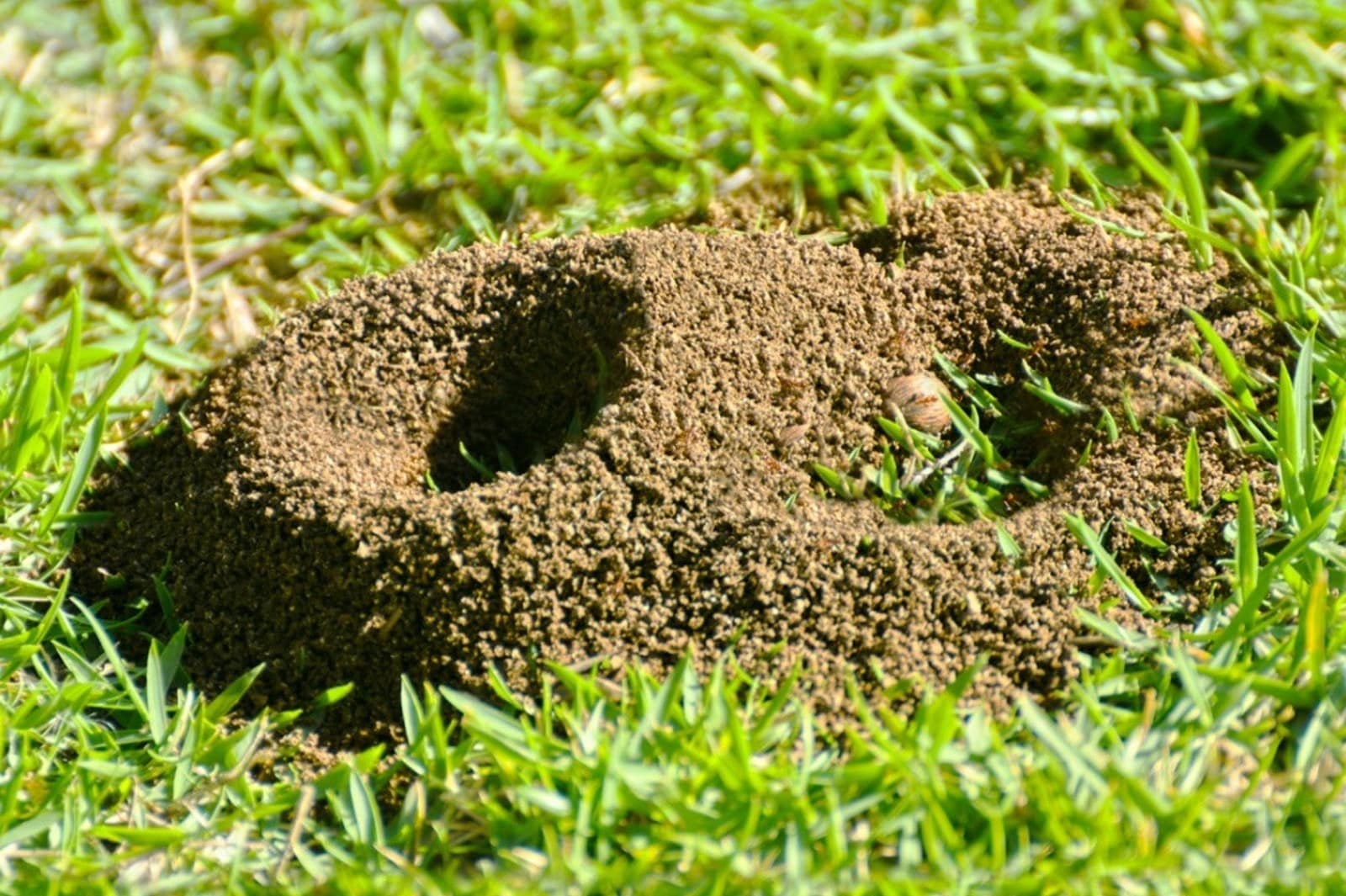
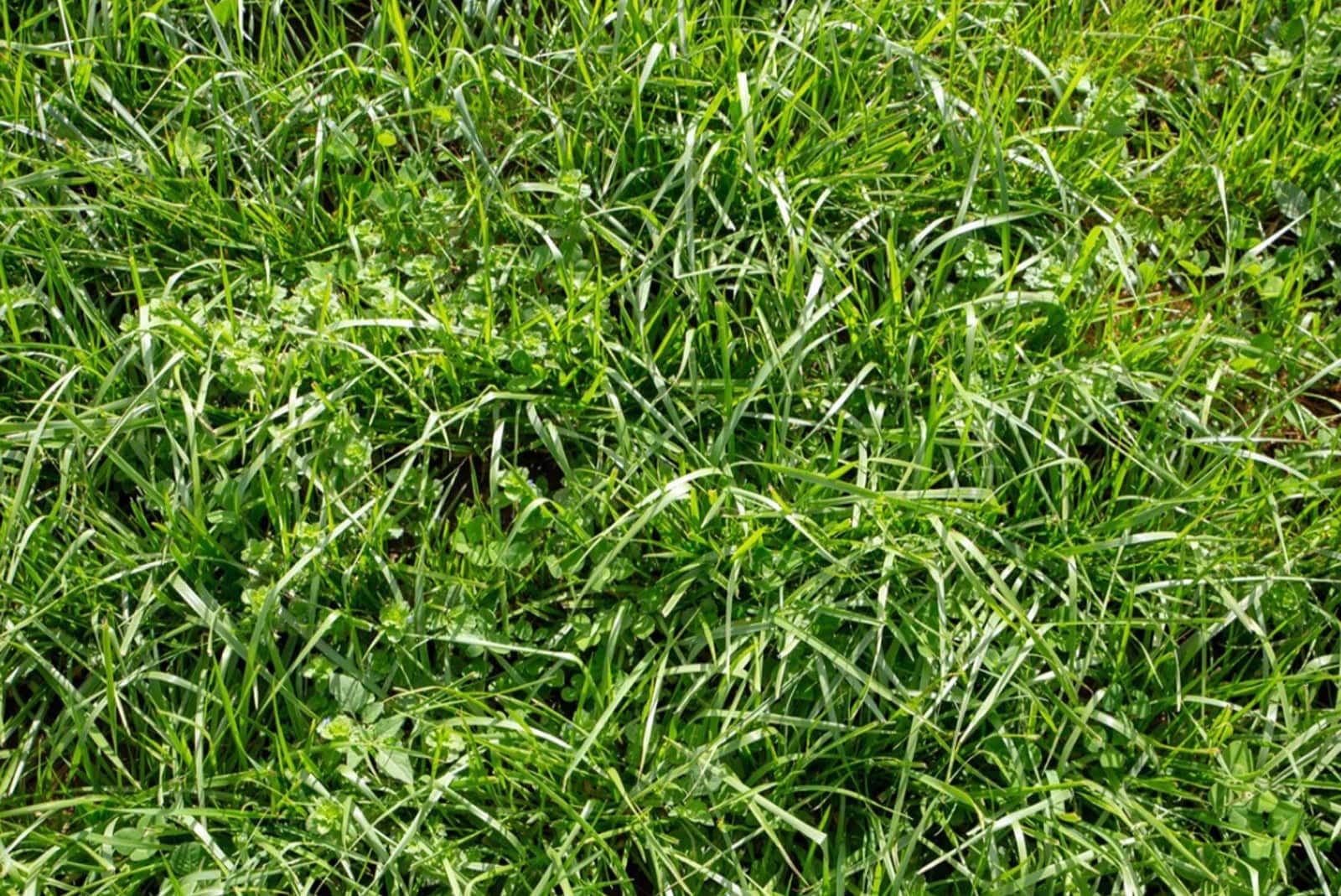
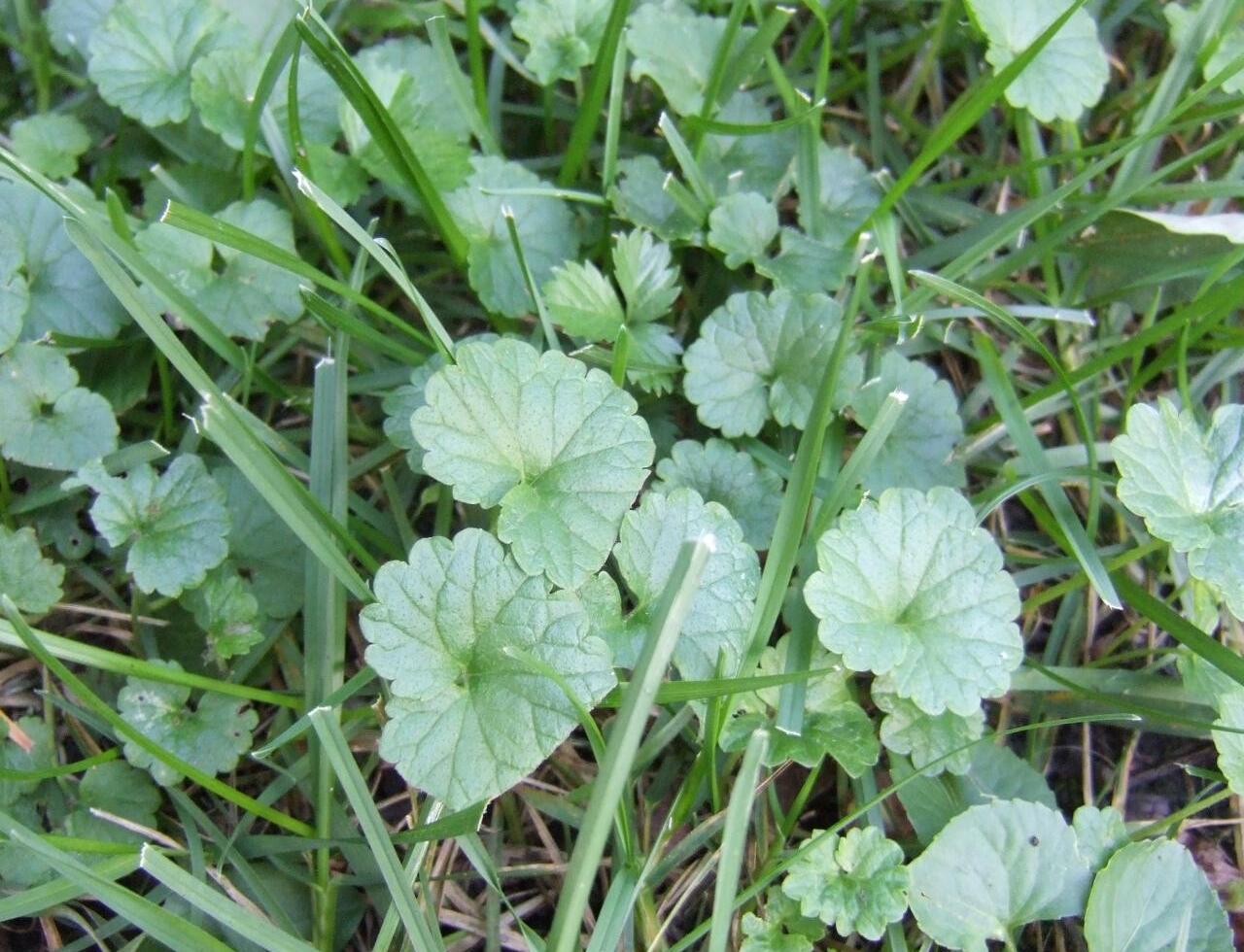
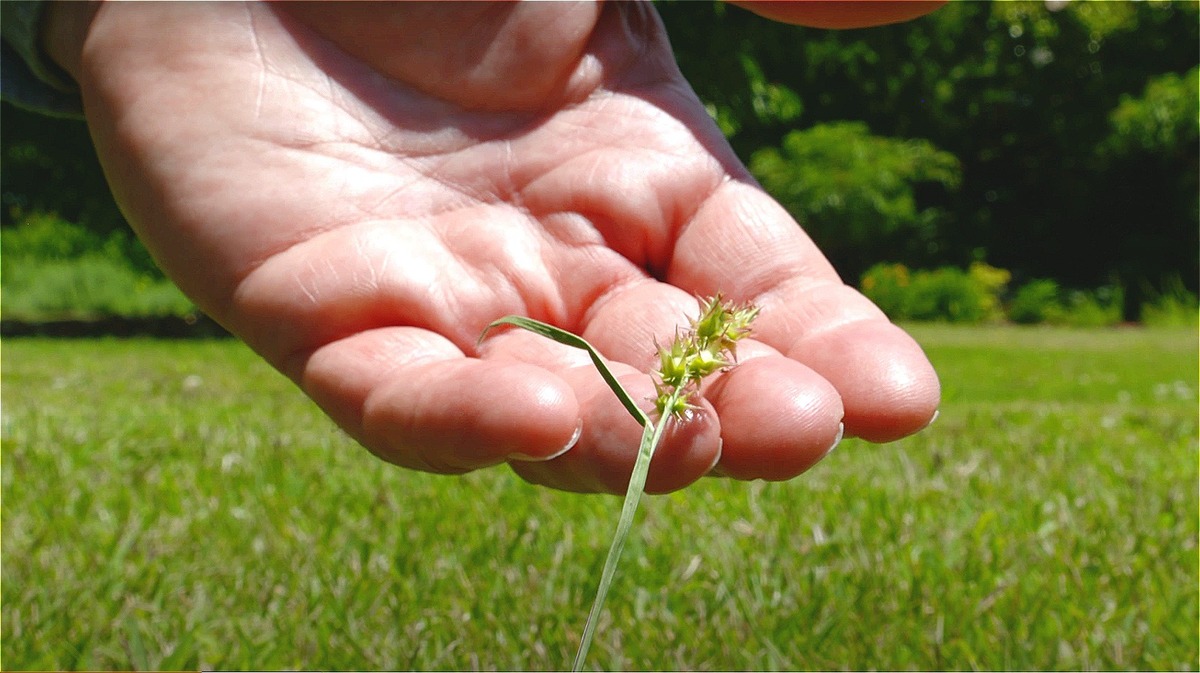
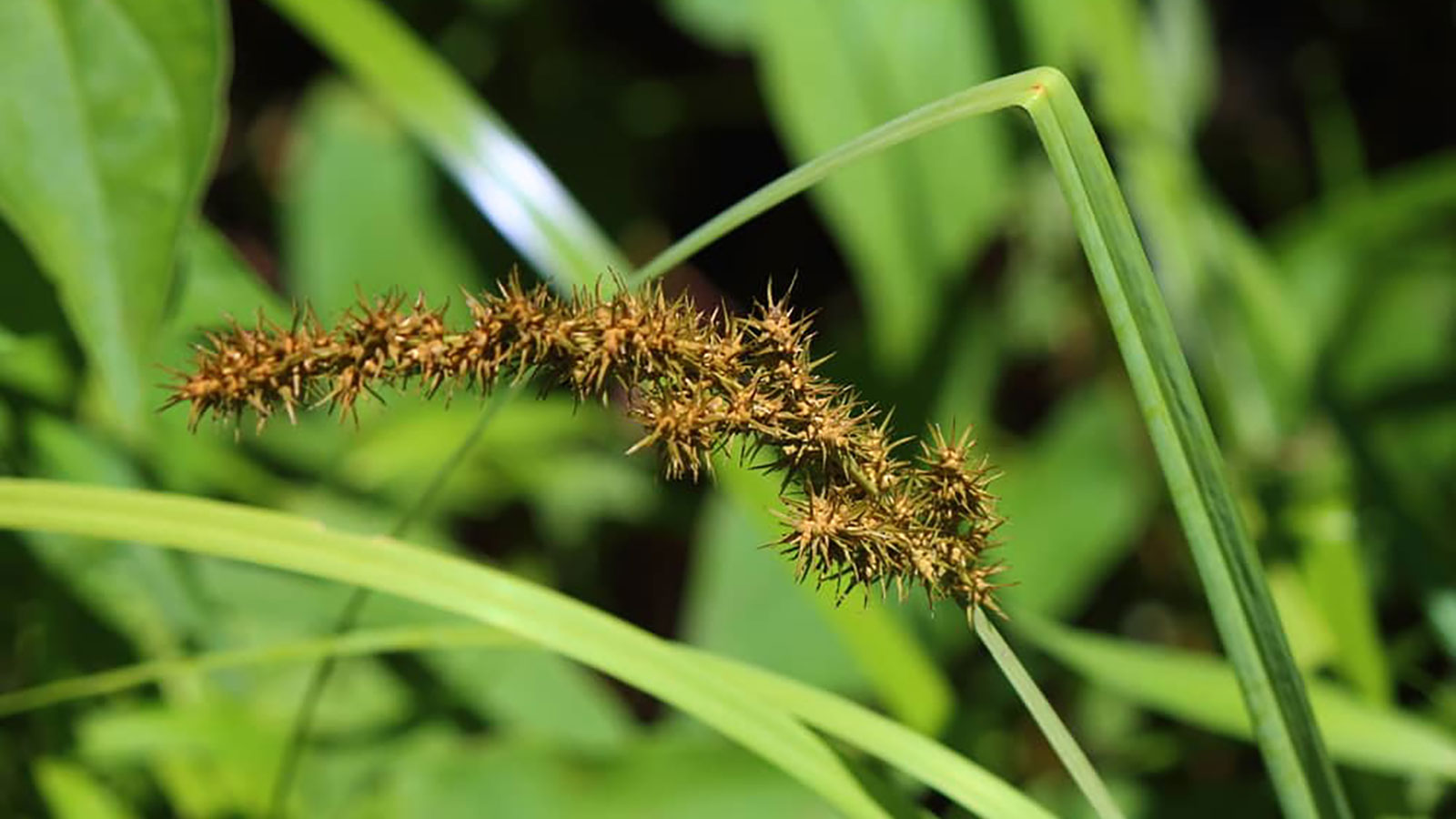
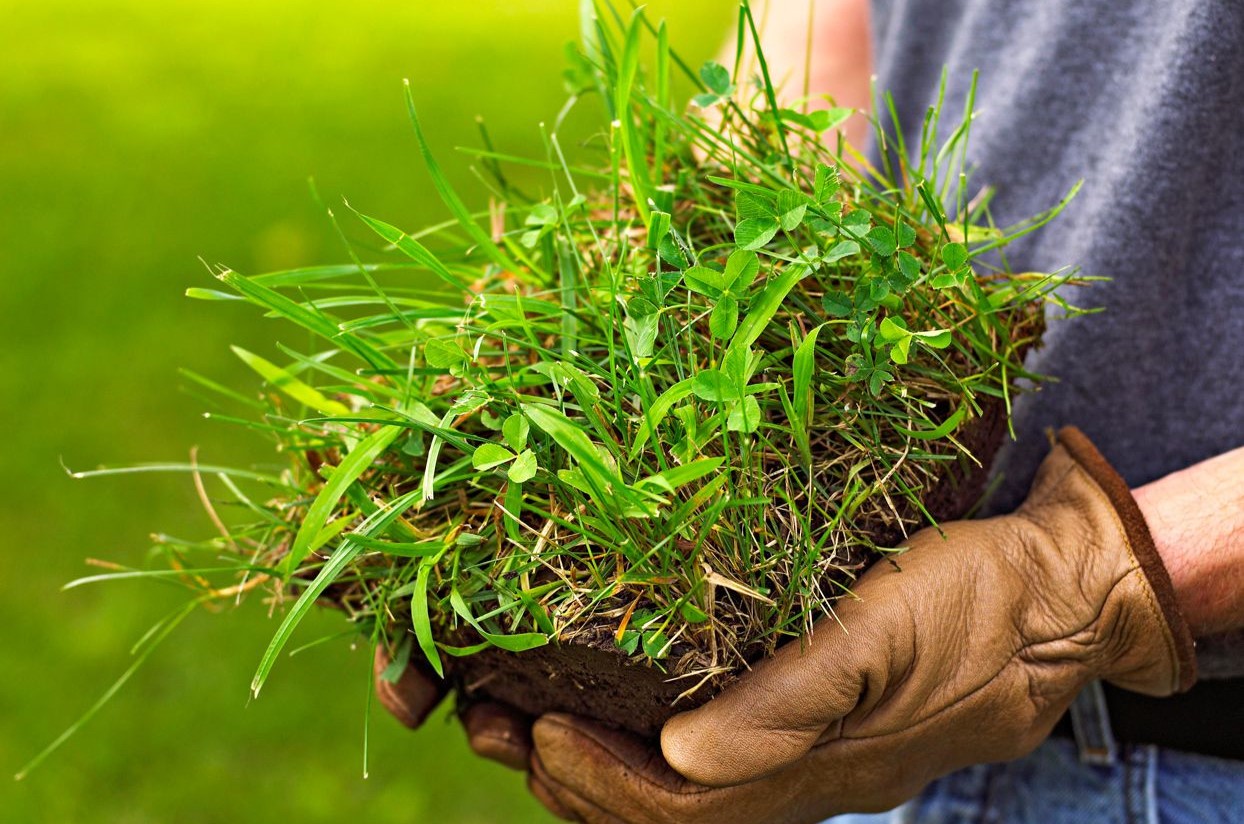
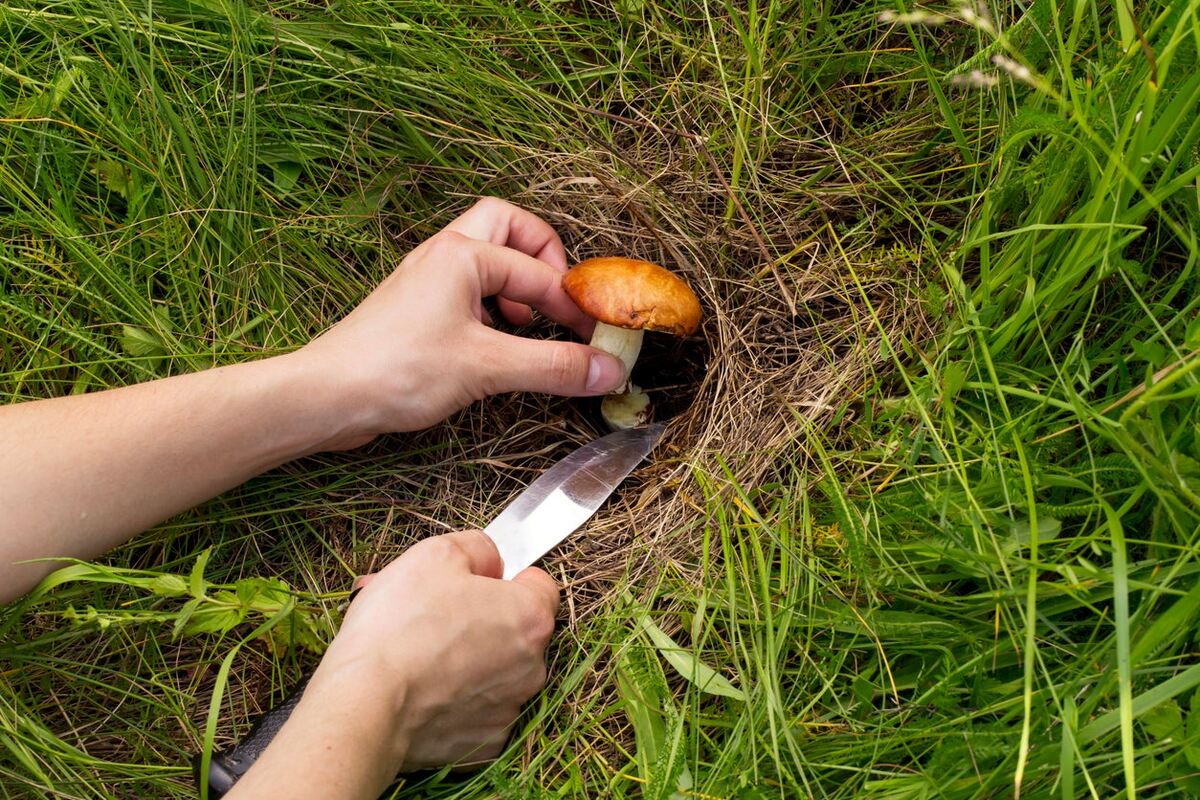
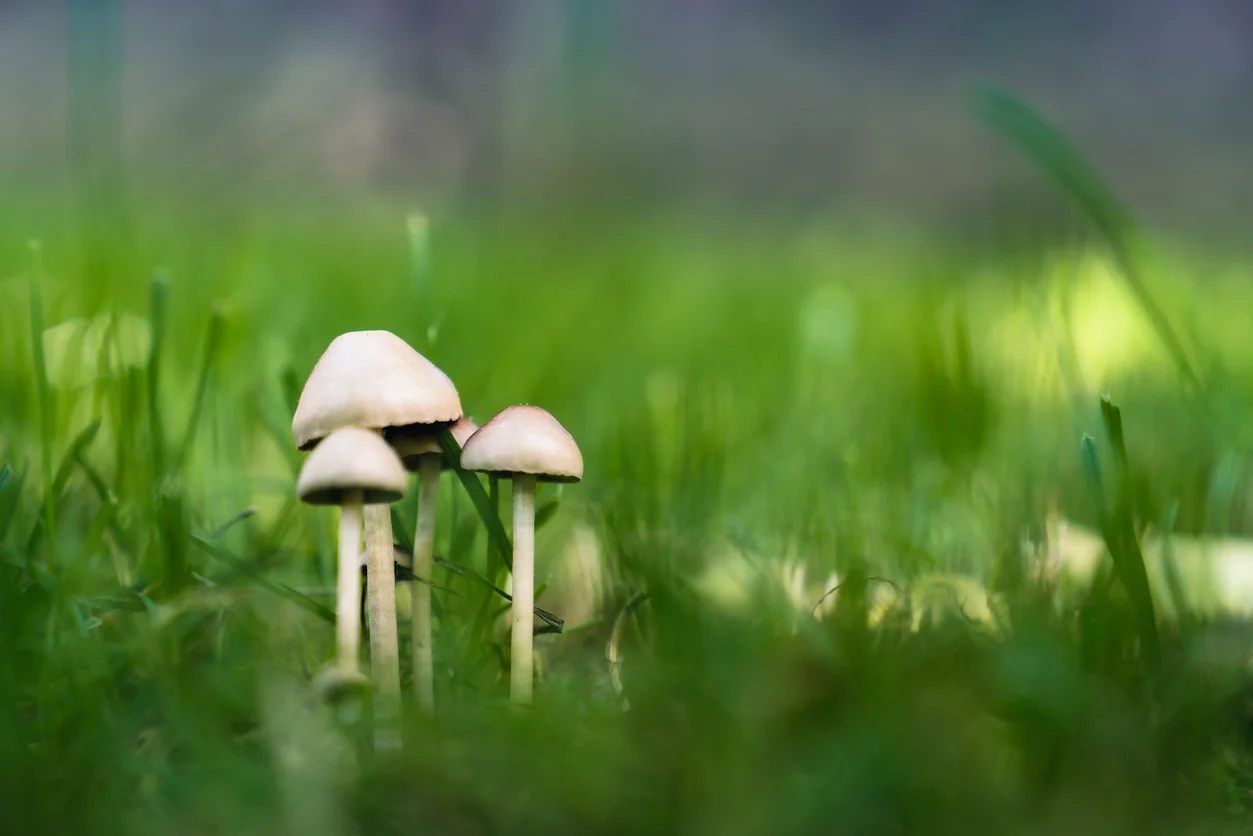
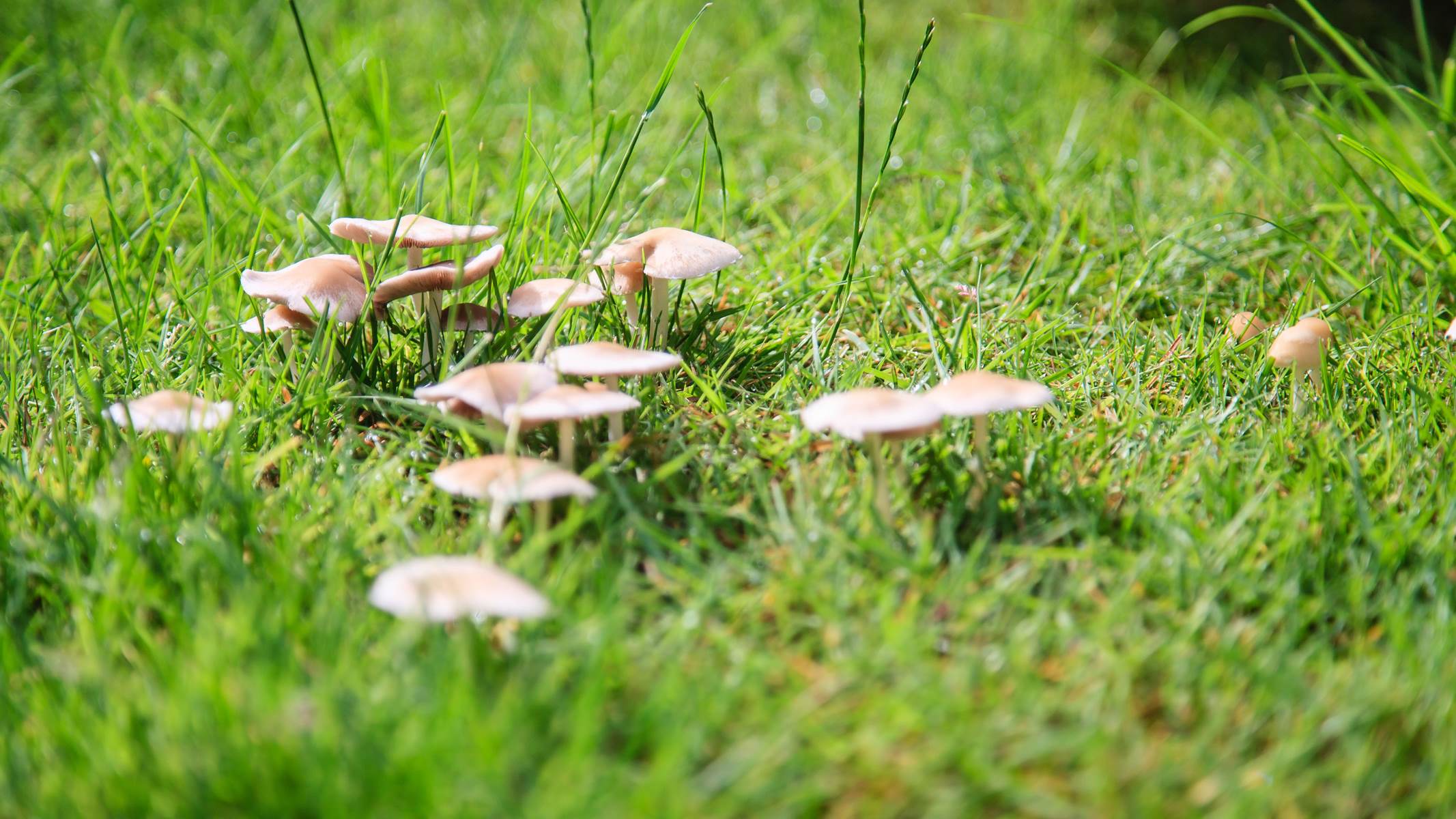
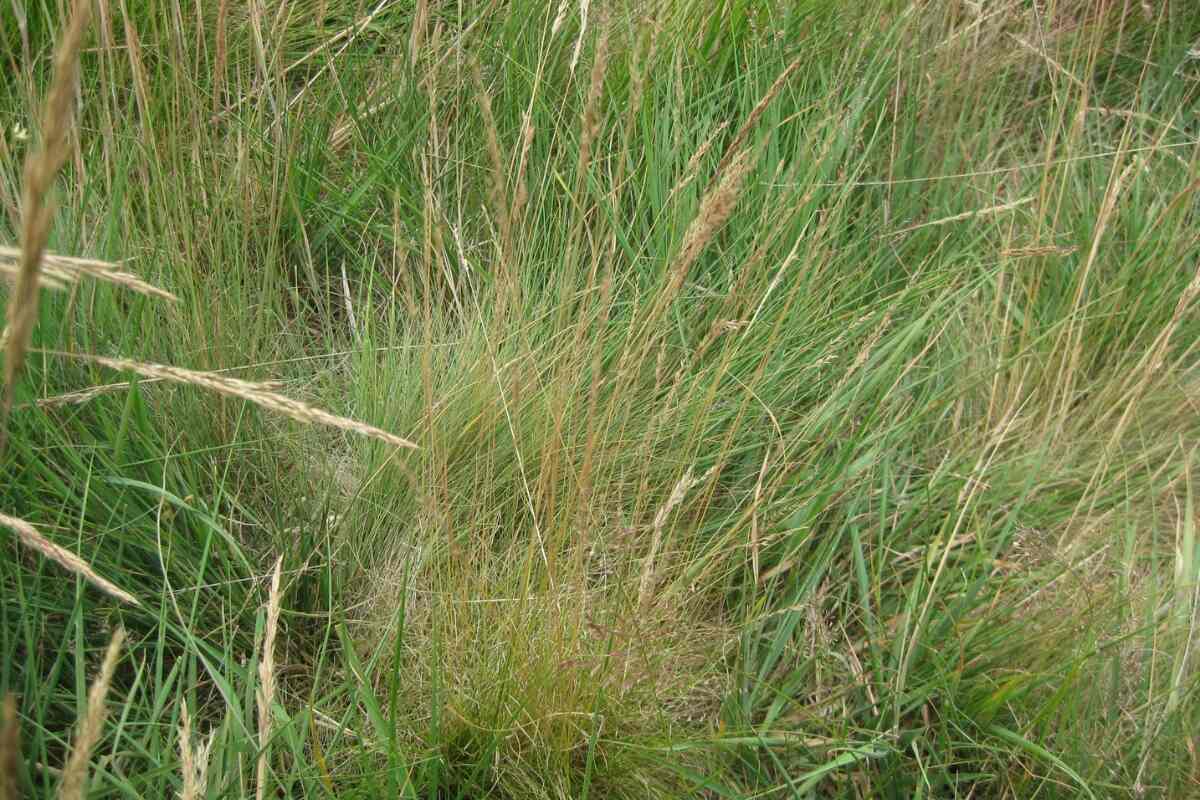
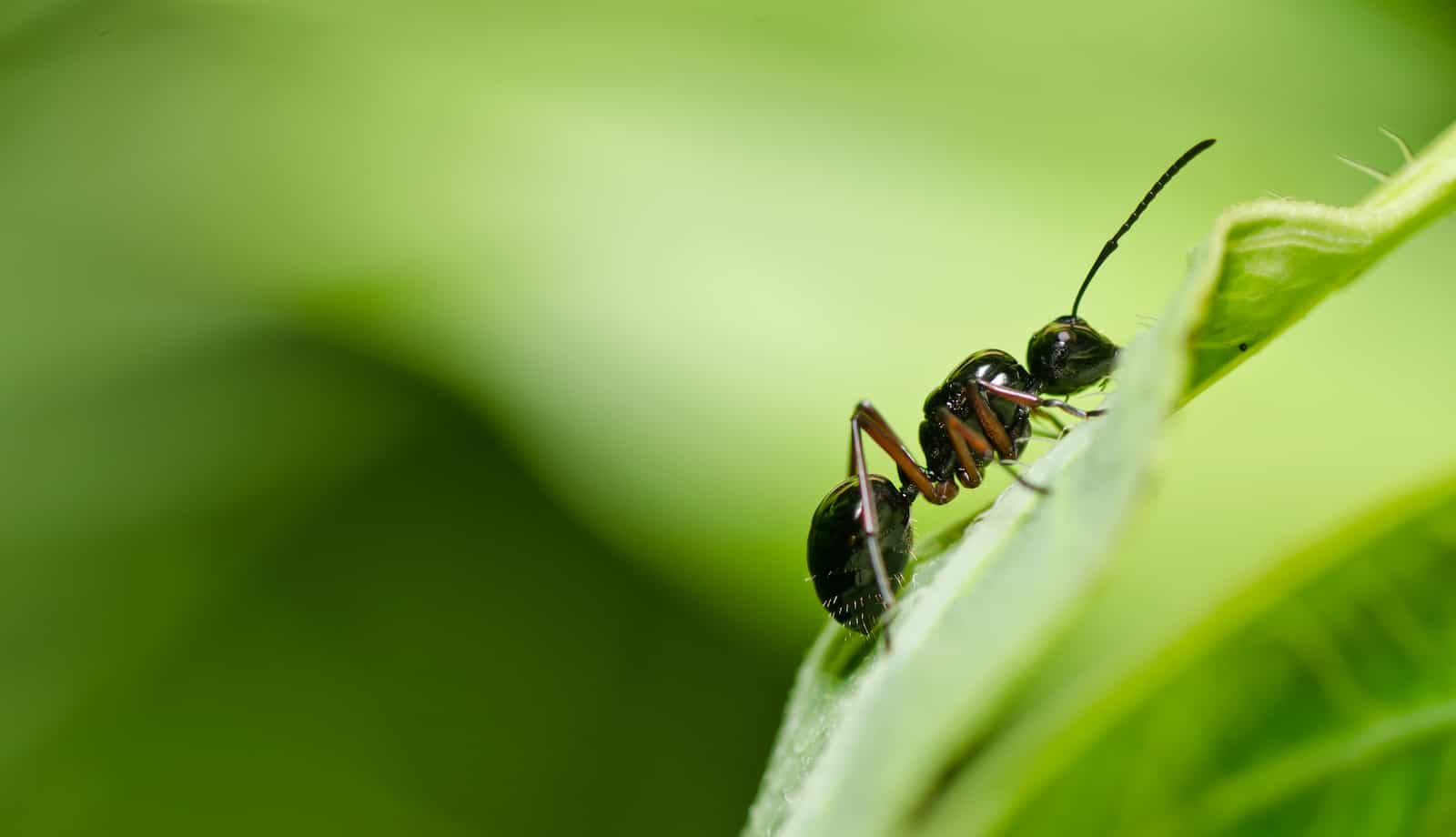
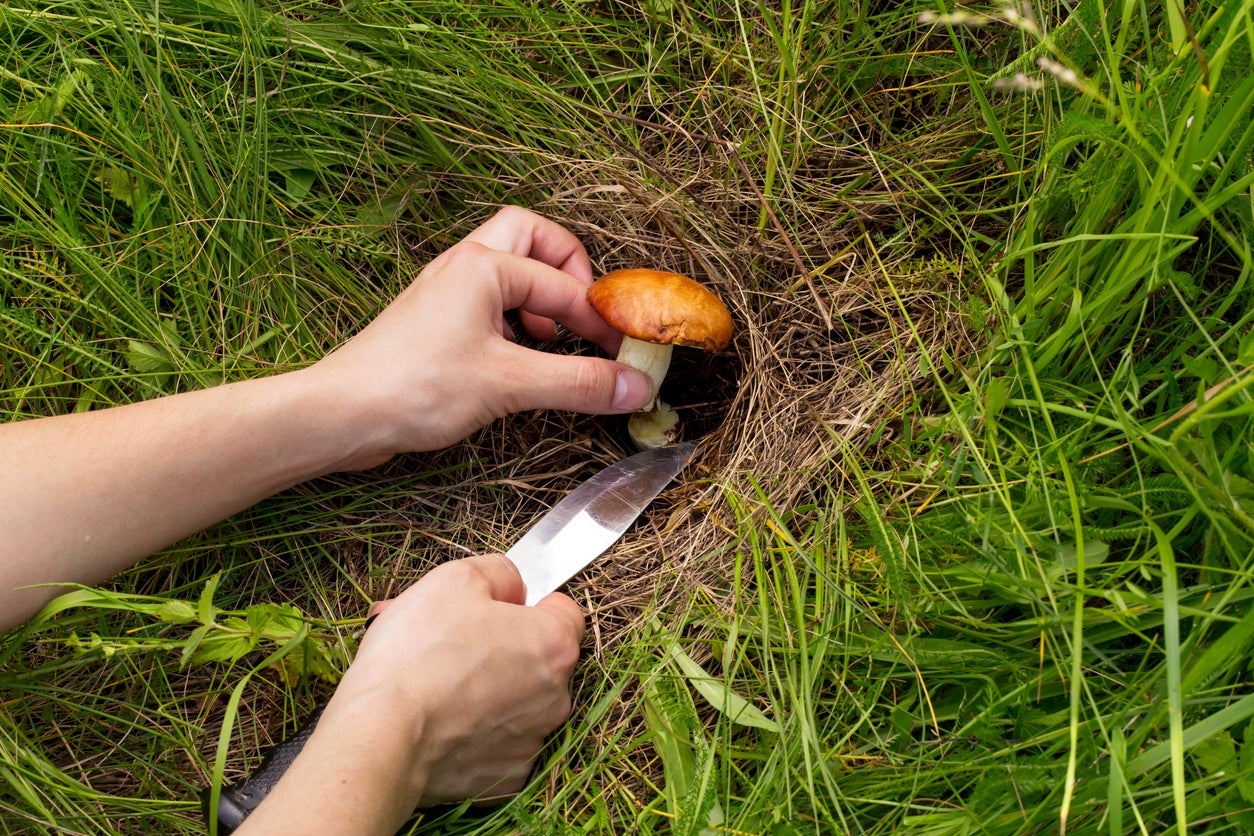
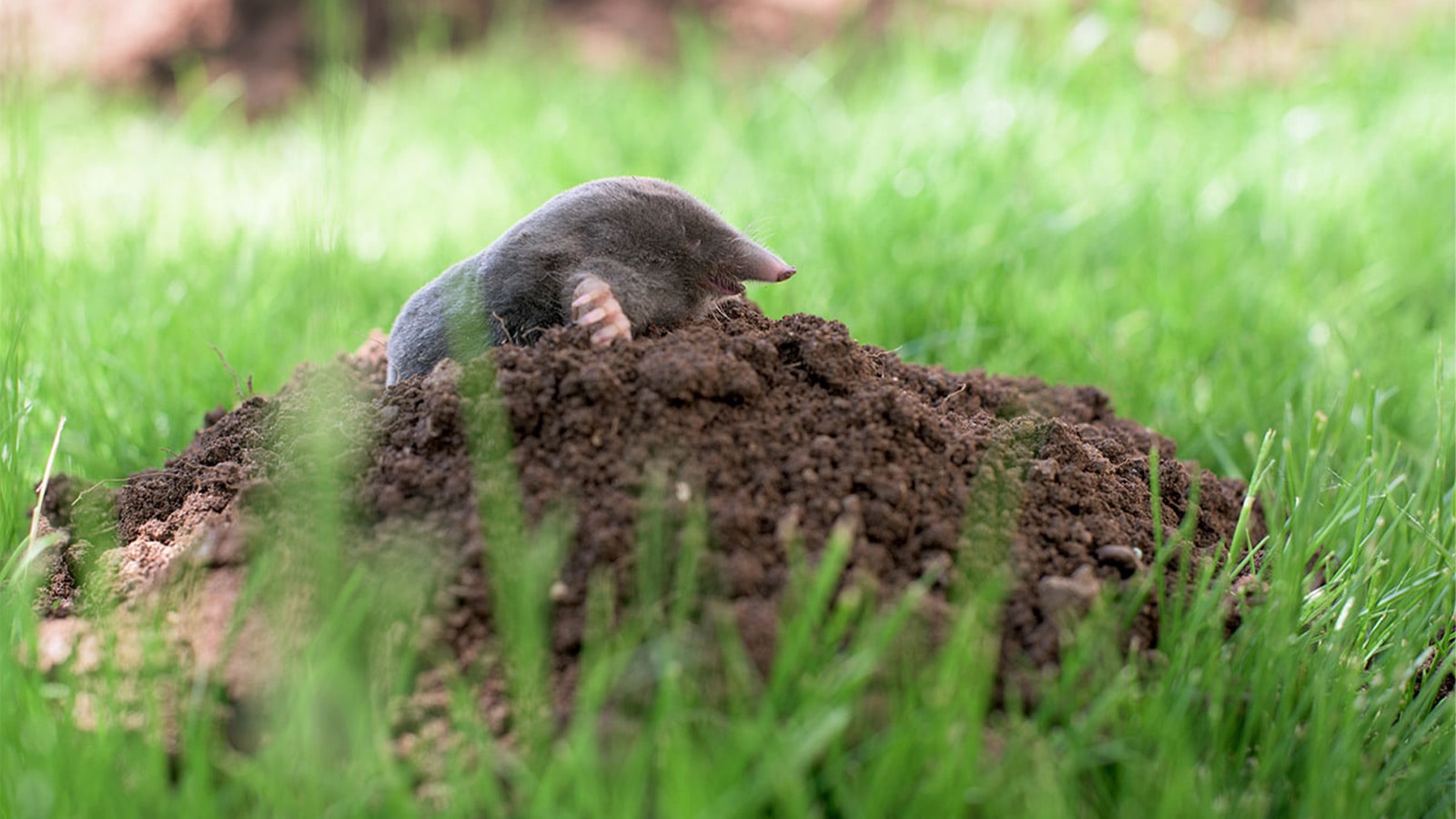
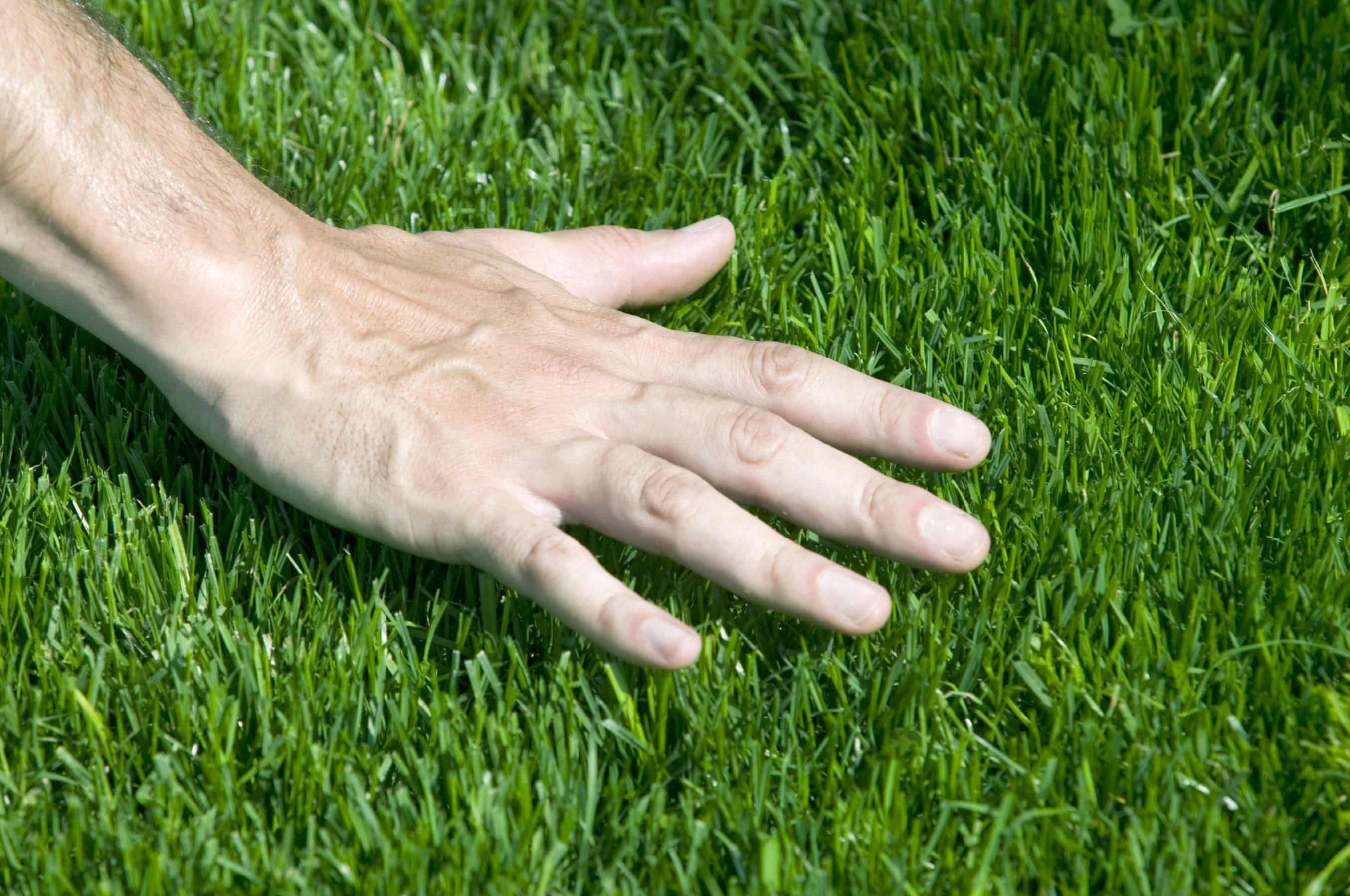

0 thoughts on “How To Get Rid Of Mushrooms In Your Yard Without Killing The Grass”